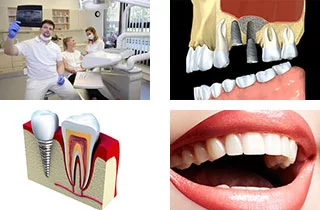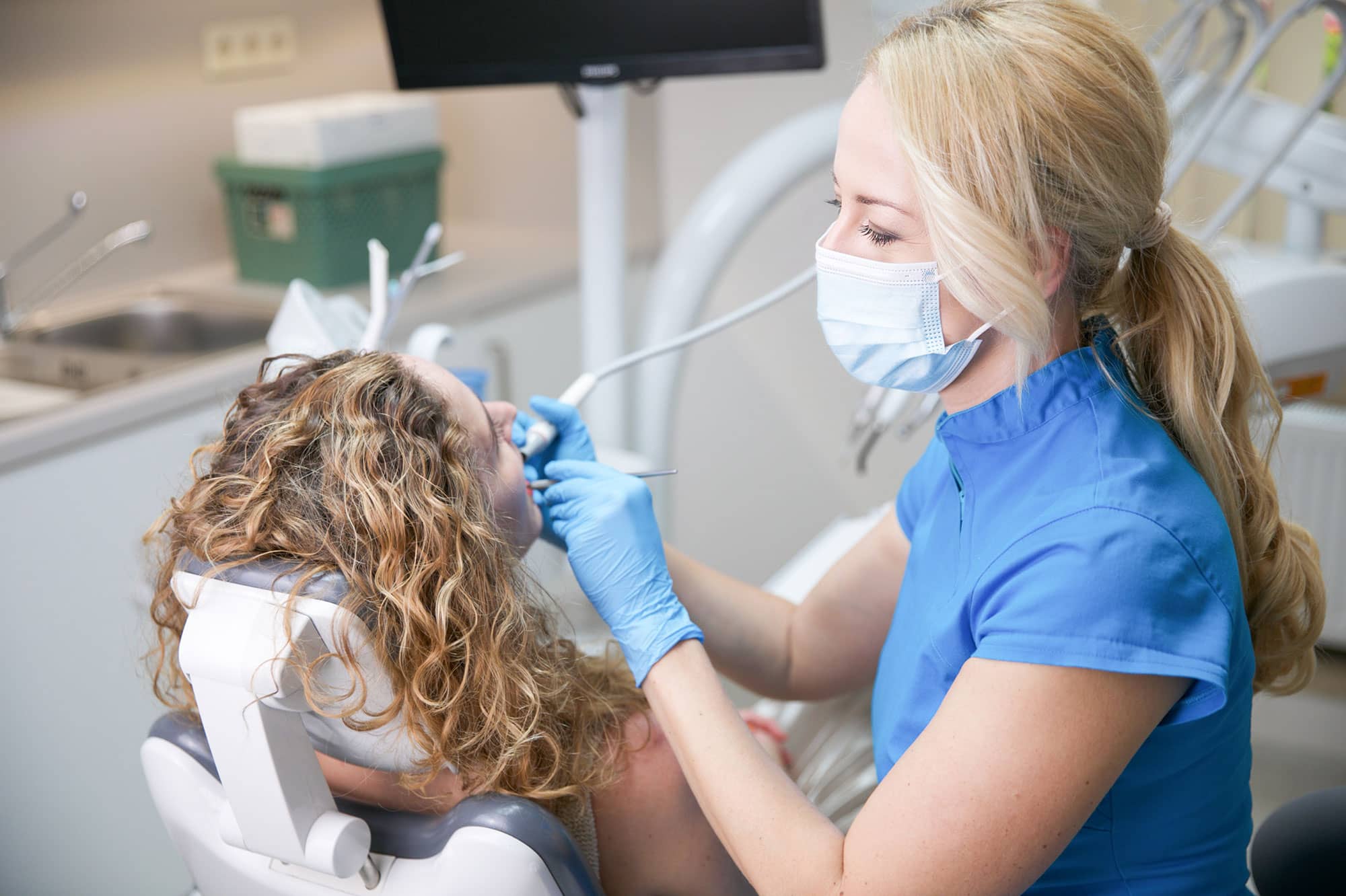Finding quality dental care that doesn’t break the bank is a concern for many individuals and families. Whether you’re dealing with a minor cavity or need more advanced procedures, affordable dental treatment is more accessible than you might think. With the right knowledge and planning, it’s possible to maintain good oral health without overspending. This article explores low-cost dental options, practical tips to save money, and where to find reliable care locally or abroad.

From this article, you can learn the following:
- What is affordable dental care?
- Common affordable dental treatments
- How to find affordable dental treatment?
- Where is the cheapest to get your teeth done?
What is affordable dental care?
Understanding what qualifies as “affordable” and how it differs across regions and patient needs.
Key factors that influence dental costs
- Type of procedure: The cost of dental treatment largely depends on the complexity and type of procedure. Preventive care like cleanings or fluoride treatments is generally inexpensive, while restorative or cosmetic treatments, such as crowns, implants, or veneers can be significantly more costly.
- Geographic location: Where you live plays a big role in dental costs. Urban areas or countries with higher living expenses often have higher dental fees, whereas rural regions or certain countries abroad may offer the same procedures at much lower prices.
- Insurance coverage: Dental insurance can greatly reduce out-of-pocket expenses, but coverage varies widely. Some plans fully cover preventive care but only partially reimburse major procedures, and many have annual caps or waiting periods for specific treatments.
Common affordable dental treatments
Preventive care
- Teeth cleaning: Professional teeth cleaning removes plaque, tartar, and stains from the teeth, helping to prevent cavities and gum disease. It is typically performed by a dental hygienist and is recommended every six months for most patients. This routine procedure is one of the most affordable and effective ways to maintain oral health.
- Fluoride treatment: Fluoride treatments help strengthen tooth enamel and make teeth more resistant to decay. Dentists often recommend them for children and adults at higher risk for cavities. These treatments are quick, painless, and low-cost, often provided during routine checkups.
- Sealants: Dental sealants are thin, protective coatings applied to the chewing surfaces of back teeth to prevent decay. They are especially beneficial for children and teens but can also be used for adults. Sealants are an affordable preventive measure that can save patients from more expensive treatments in the future.
Basic Restorative Treatments
- Fillings: Dental fillings are used to restore teeth that have been damaged by decay or minor fractures. The decayed part of the tooth is removed and replaced with materials such as composite resin, amalgam, or porcelain. Fillings are a quick and cost-effective way to prevent further decay and restore tooth function.
- Tooth Extraction: Tooth extraction involves removing a damaged, decayed, or overcrowded tooth. It is usually recommended when the tooth cannot be saved with a filling or root canal. The procedure is simple and often affordable, especially when performed under local anaesthesia. It is important to note that over time, the site of an extracted tooth will lose its load, resulting in bone loss. It is worth replacing extracted teeth as soon as possible, as our financial situation improves.
- Root canal treatment: A root canal is a treatment used to save a severely infected or decayed tooth by removing the damaged pulp inside. The root canals are cleaned, disinfected, and sealed to prevent further infection. Although more expensive than fillings or extractions, it helps preserve the natural tooth and avoid the need for implants or bridges.
Aesthetic and specialty options
- Affordable teeth whitening options: Teeth whitening doesn’t have to break the bank—there are over-the-counter whitening strips, gels, and trays that can noticeably brighten your smile at a fraction of the cost of in-office treatments. Many dental clinics also offer affordable take-home kits with professional-grade results.
- Cheap veneers or bonding: Dental bonding is a cost-effective alternative to veneers, using tooth-colored resin to fix minor chips, gaps, or discoloration. While traditional veneers can be expensive, some clinics offer budget-friendly composite veneers that provide a similar aesthetic at a lower price.
- Cost-effective dentures and bridges: Modern dentures and bridges come in a range of price points, with flexible materials and partial options helping to reduce overall cost.
How to find affordable dental treatment?
Insurance and Dental Plans
Dental Health Maintenance Organisations (HMOs) and Preferred Provider Organisations (PPOs) are dental insurance plans that help reduce treatment costs. HMOs generally have lower premiums but require patients to use a specific network of dentists. PPOs offer more flexibility in choosing providers but may come with higher monthly costs and deductibles. Both options can significantly reduce the cost of routine and emergency dental care.
Travelling abroad for dental tourism
Best countries for affordable dental treatment:
Countries like Mexico, Turkey, Hungary, Thailand, and Costa Rica are known for offering high-quality dental care at significantly lower prices than the U.S. or Western Europe. These destinations combine skilled professionals, modern clinics, and competitive pricing. Many patients save up to 70% on procedures such as implants, veneers, and crowns. Dental tourism in these countries is well-established and caters specifically to international patients.
Things to consider before travelling:
Before booking a dental trip abroad, research the clinic’s credentials, patient reviews, and the dentist’s qualifications. Make sure you understand the full treatment plan, costs, and whether follow-up care is needed at home. It’s also important to factor in travel expenses, visa requirements, and recovery time.
Tips to save on dental care costs
Schedule regular checkups to avoid expensive treatments, ask for itemised treatment plans, negotiate payment plans or discounts, use flexible spending accounts (FSAs) or health savings accounts (HSAs).
Where is the cheapest to get your teeth done?
Dental treatment abroad can be done in several countries, but Hungary is in first place in many respects. Below you will find a table with price comparisons of the different countries.
| Cheaper duntures abroad | Hungary*, ** | Poland* | Turkey* | India* |
|---|---|---|---|---|
| Metal-ceramic crown | Hungary –260 £ | Poland –280 £ | Turkey –230 £ | India –150 £ |
| Zirconia crown | Hungary –350 £ | Poland –380 £ | Turkey –310 £ | India –200 £ |
| Two unit bridge | Hungary –520 £ | Poland –570 £ | Turkey –460 £ | India –300 £ |
| 12 units full round bridge | Hungary –3 130 £ | Poland –3 410 £ | Turkey –2 750 £ | India –1 820 £ |
| I want to get a quote from Hungary*The indicated prices are average prices. **The prices are indicative, the treatment plan and quote is always prepared in Euro. Regardless, the payment of the treatments is possible in another currency (current daily Eur exchange rate). |
||||
Affordable dental treatment is possible with the right knowledge, planning, and resources. Always prioritize safety and quality while staying within your budget.

